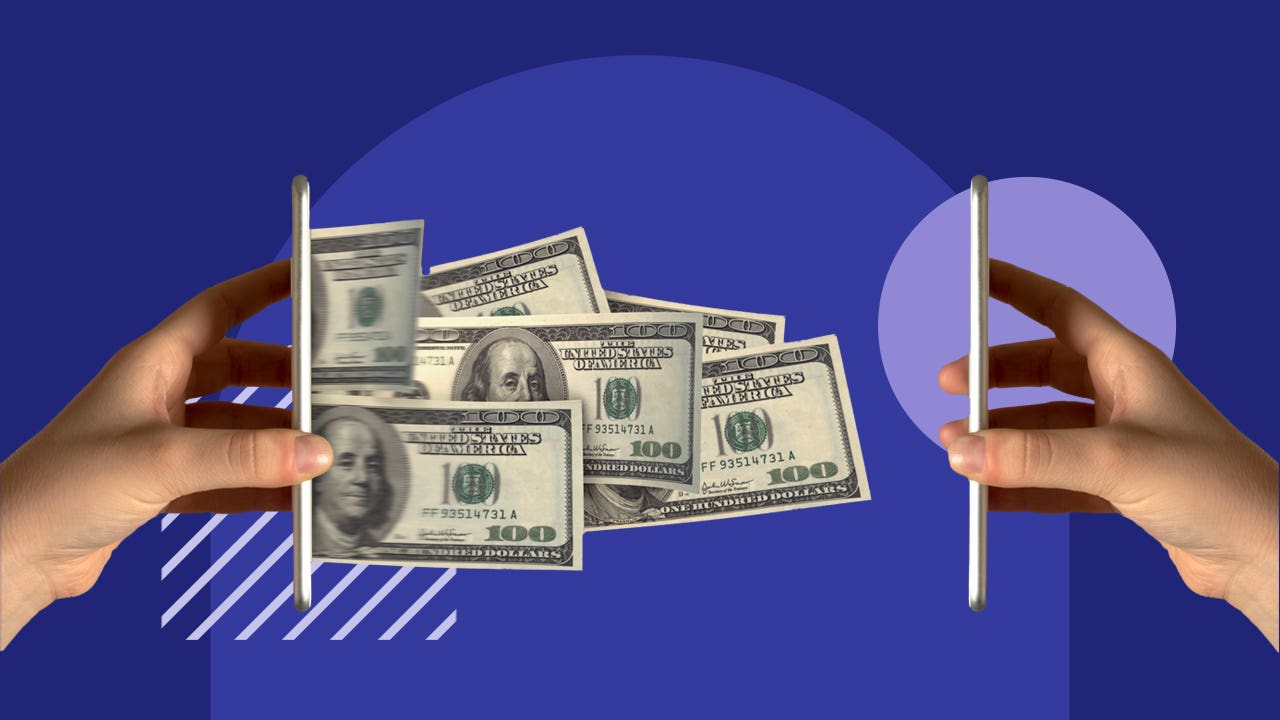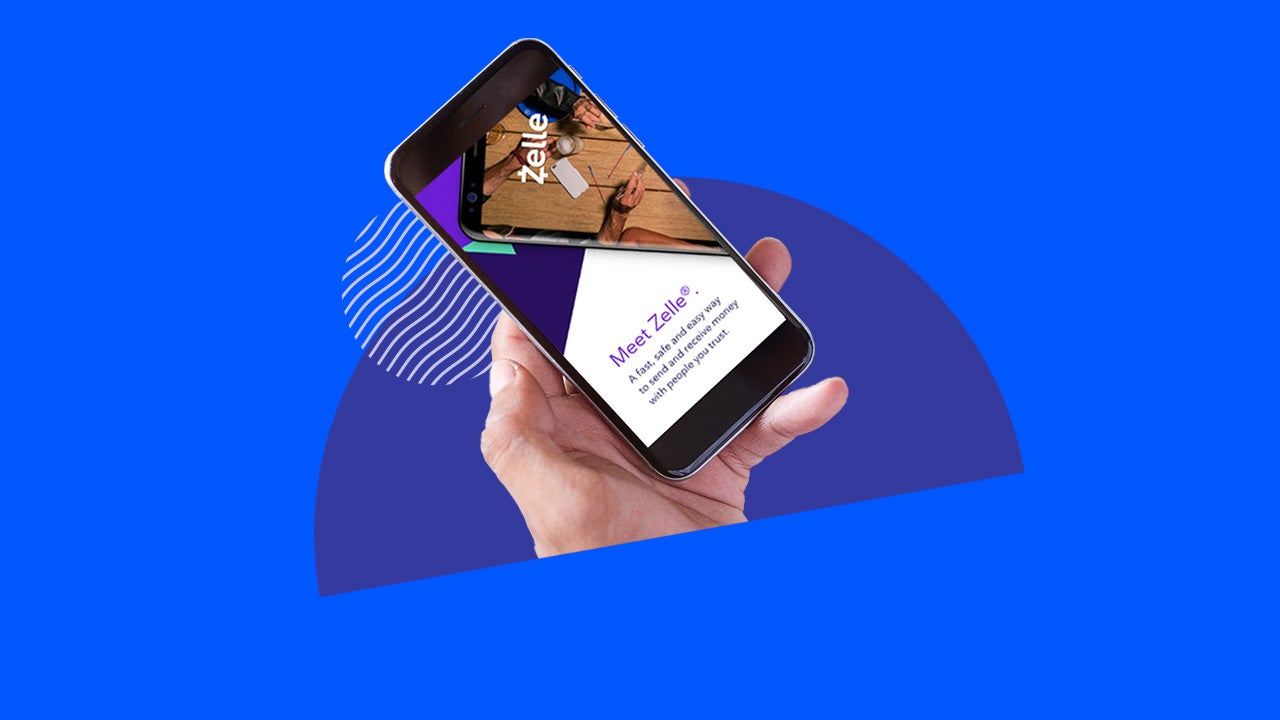How to send or request money with Zelle



Key Takeaways
- To send or request money with Zelle, you’ll first need to make sure that your bank or credit union is part of the Zelle network.
- Zelle transactions do not require any bank account numbers — all you need is an individual’s email address or phone number.
- While Zelle is a convenient payment option, there are disadvantages to the service, including a limit on the amount of money you can send and a lack of protection in place for scams.
Zelle has historically been lumped together with other person-to-person payment apps like Cash App and Venmo, but there’s a big difference about using Zelle to send or receive money: Your bank or credit union needs to be part of the Zelle network. You can no longer use Zelle as a standalone app. If your institution isn’t onboard, you’re out of luck.
However, there’s a decent chance you will be in luck: Zelle partners with more than 2,300 banks and credit unions.
If your institution uses Zelle, here’s what you need to know about how to send and request money and how to avoid fraud.
What is Zelle?
Zelle is a peer-to-peer payment platform that lets you send and receive money from family, friends and other people you trust. You don’t need to bank at the same institution as someone else to use Zelle — you only need the recipient’s email address or mobile phone number to send them money.
How to find out if your bank uses Zelle
Your bank’s website will typically list whether it participates in Zelle. In general, you can find this information on the mobile and digital banking section of your bank’s website, but it might also be listed under its checking account offerings.
Alternatively, you can head to Zelle’s website where you’ll find an A-Z catalog of participating banks.
How to use Zelle to send and request money
Every banking app is different, so the steps may vary, depending on how your institution labels transactions within your account. However, this is a general guide to using Zelle within your app:
- First, enroll your bank account with Zelle. In your banking app, activate your Zelle account. You’ll need to include your email and/or your phone number. Enrolling is typically an immediate process.
- Then, start a transaction. This is typically labeled as “Send” or “Request.”
- Enter the other party’s information. Enter the details – the email or phone number – of the other party in the transaction and how much you’re sending.
- Label the reason for the payment. When you initiate a send or request, you can include a short memo for the transaction in addition to the amount of money.
- Verify why you’re sending the money. When you are sending money to someone new, it’s common to see an alert to indicate how you know the person. Check the box to show whether it’s a friend or family member, a small business or someone you met through social media.
- Conduct one last look to make sure the transaction details are correct. You’ll typically have one final chance to review the information before the funds are sent or the request is completed. This is a good time to double-check that you have the right email address or phone number for the recipient, especially when sending money. If you send it to the wrong person, there’s no guarantee that you’ll get those funds back.
Each bank dictates their sending limits through Zelle, and you’ll need to contact them directly to know what that limit is. These limits often vary based on the history you have with the person. In some cases, someone you frequently exchange money with may have a higher send limit than someone you have never interacted with before.
What are the downsides to using Zelle?
There are plenty of advantages to using Zelle — free and super fast transfers being the two biggest selling points of the service. However, there are some key drawbacks to understand before relying on Zelle for your money management, including:
- Inability to reverse payments: Once you send money to a recipient with Zelle, you’re not going to be able to get the cash back.
- Transaction limits: Some banks and credit unions impose fairly low transaction limits so Zelle isn’t the best option if you need to send a large payment. For those, you may be better off with an ACH transaction or a wire transfer.
- Worries about fraud: The company that owns Zelle — Early Warning Systems — has been the subject of plenty of legal complaints about the platform’s role in fueling fraud. Plus, if you wind up being targeted by an impostor with a request for money, you’ll need to deal directly with your bank or credit union. Zelle doesn’t have a detailed approach for handling scams.
Bottom line
As long as your bank or credit union has joined the Zelle network, you can use the service to send and request money securely. Zelle integrates directly into your mobile banking app, so you’ll send or request money in the same app you use to review your checking account information. Using Zelle is fast — the money often arrives within minutes — but you should still take your time to thoroughly review the details before confirming the transaction. Once you approve money to leave your account via Zelle, you can’t reverse your decision.
Why we ask for feedback Your feedback helps us improve our content and services. It takes less than a minute to complete.
Your responses are anonymous and will only be used for improving our website.
You may also like




